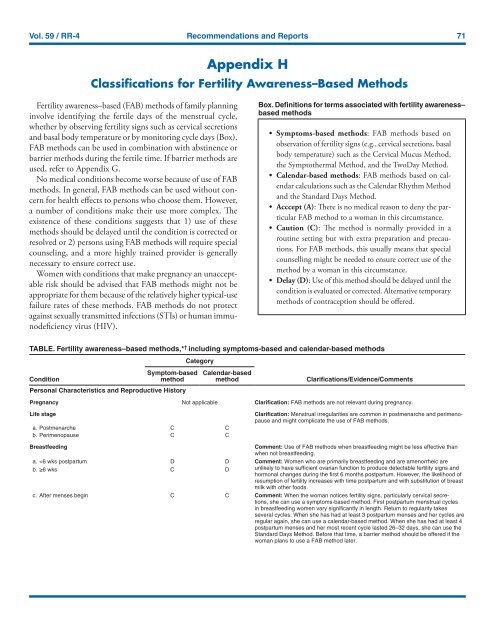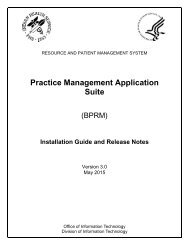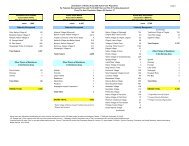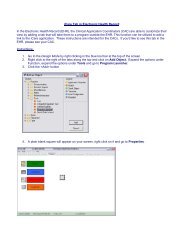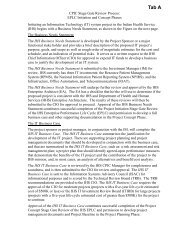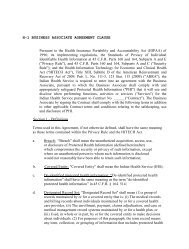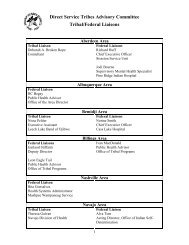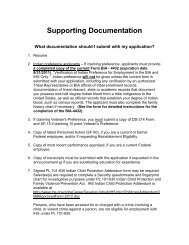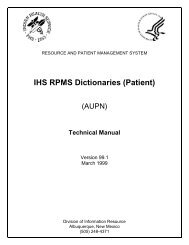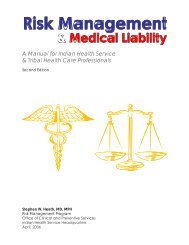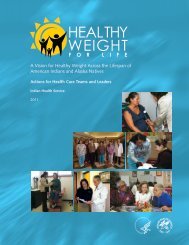CDC Article-US Medical Eligibility Criteria for Contraceptive Use, 2010
CDC Article-US Medical Eligibility Criteria for Contraceptive Use, 2010
CDC Article-US Medical Eligibility Criteria for Contraceptive Use, 2010
Create successful ePaper yourself
Turn your PDF publications into a flip-book with our unique Google optimized e-Paper software.
Vol. 59 / RR-4 Recommendations and Reports 71<br />
Appendix H<br />
Classifications <strong>for</strong> Fertility Awareness–Based Methods<br />
Fertility awareness–based (FAB) methods of family planning<br />
involve identifying the fertile days of the menstrual cycle,<br />
whether by observing fertility signs such as cervical secretions<br />
and basal body temperature or by monitoring cycle days (Box).<br />
FAB methods can be used in combination with abstinence or<br />
barrier methods during the fertile time. If barrier methods are<br />
used, refer to Appendix G.<br />
No medical conditions become worse because of use of FAB<br />
methods. In general, FAB methods can be used without concern<br />
<strong>for</strong> health effects to persons who choose them. However,<br />
a number of conditions make their use more complex. The<br />
existence of these conditions suggests that 1) use of these<br />
methods should be delayed until the condition is corrected or<br />
resolved or 2) persons using FAB methods will require special<br />
counseling, and a more highly trained provider is generally<br />
necessary to ensure correct use.<br />
Women with conditions that make pregnancy an unacceptable<br />
risk should be advised that FAB methods might not be<br />
appropriate <strong>for</strong> them because of the relatively higher typical-use<br />
failure rates of these methods. FAB methods do not protect<br />
against sexually transmitted infections (STIs) or human immunodeficiency<br />
virus (HIV).<br />
Box. Definitions <strong>for</strong> terms associated with fertility awareness–<br />
based methods<br />
• Symptoms-based methods: FAB methods based on<br />
observation of fertility signs (e.g., cervical secretions, basal<br />
body temperature) such as the Cervical Mucus Method,<br />
the Symptothermal Method, and the TwoDay Method.<br />
• Calendar-based methods: FAB methods based on calendar<br />
calculations such as the Calendar Rhythm Method<br />
and the Standard Days Method.<br />
• Acccept (A): There is no medical reason to deny the particular<br />
FAB method to a woman in this circumstance.<br />
• Caution (C): The method is normally provided in a<br />
routine setting but with extra preparation and precautions.<br />
For FAB methods, this usually means that special<br />
counselling might be needed to ensure correct use of the<br />
method by a woman in this circumstance.<br />
• Delay (D): <strong>Use</strong> of this method should be delayed until the<br />
condition is evaluated or corrected. Alternative temporary<br />
methods of contraception should be offered.<br />
TABLE. Fertility awareness–based methods,* † including symptoms-based and calendar-based methods<br />
Condition<br />
Symptom-based<br />
method<br />
Personal Characteristics and Reproductive History<br />
Category<br />
Calendar-based<br />
method<br />
Clarifications/Evidence/Comments<br />
Pregnancy Not applicable Clarification: FAB methods are not relevant during pregnancy.<br />
Life stage<br />
a. Postmenarche C C<br />
b. Perimenopause C C<br />
Clarification: Menstrual irregularities are common in postmenarche and perimenopause<br />
and might complicate the use of FAB methods.<br />
Breastfeeding<br />
Comment: <strong>Use</strong> of FAB methods when breastfeeding might be less effective than<br />
when not breastfeeding.<br />
a.


